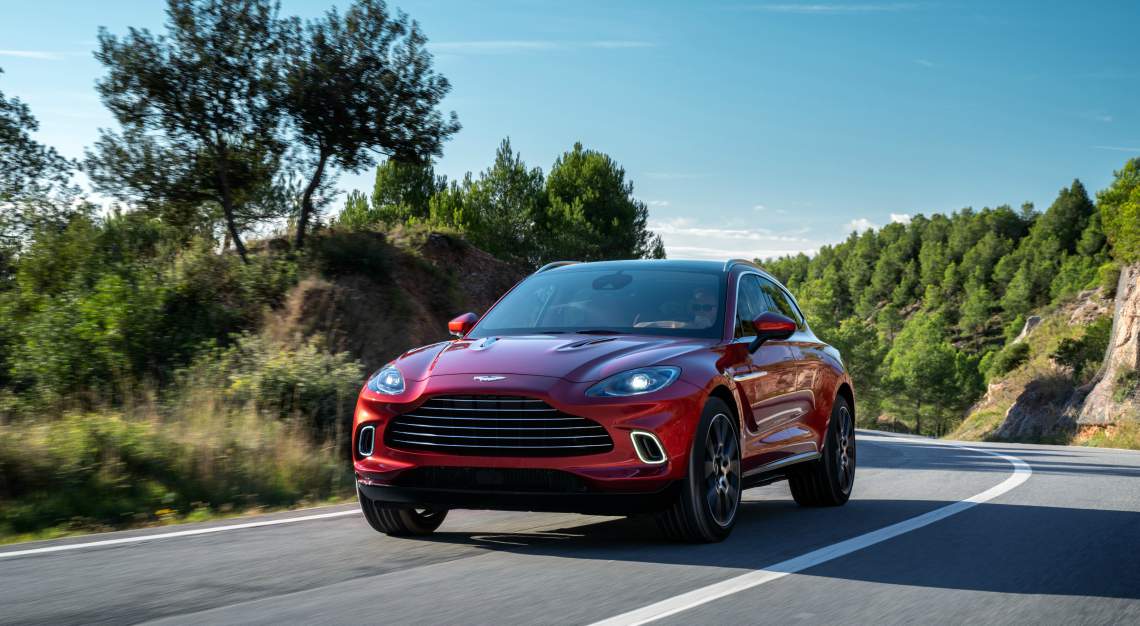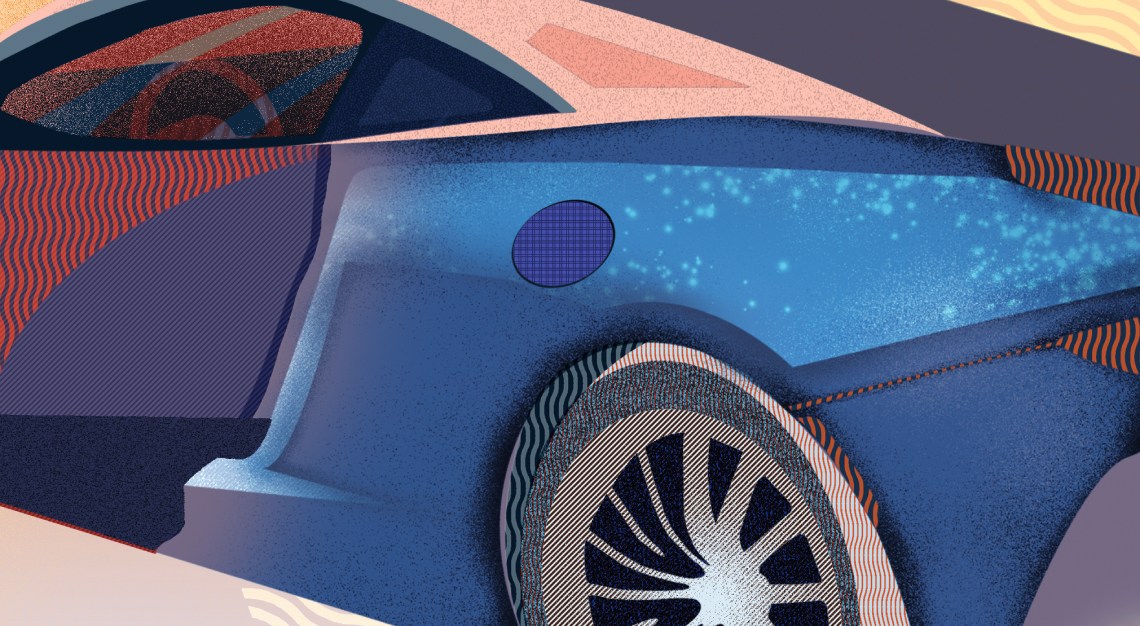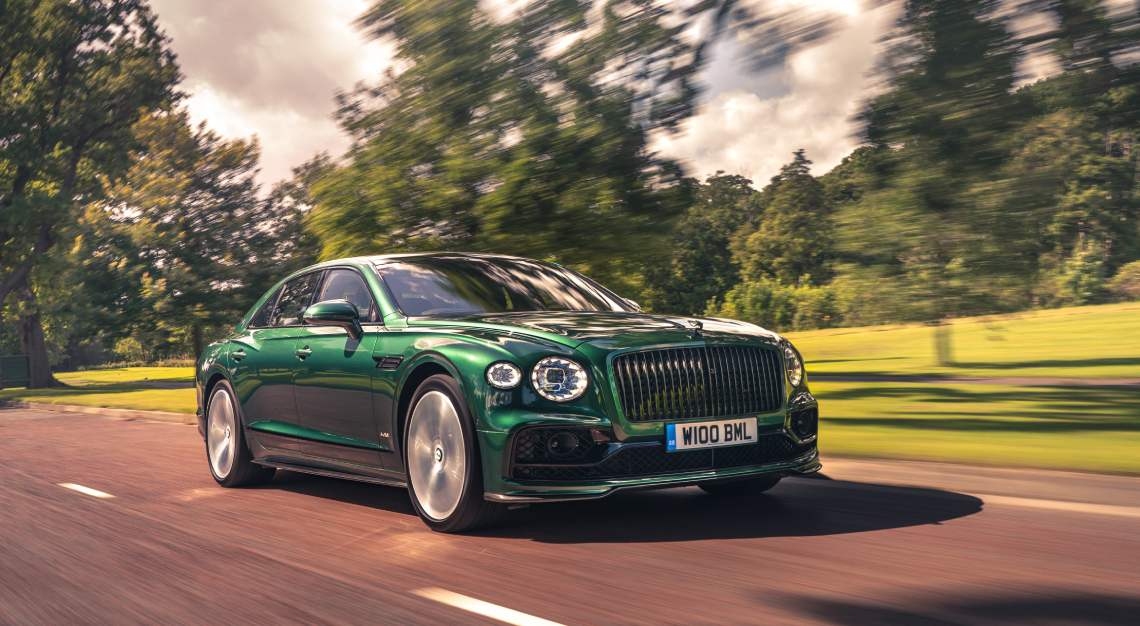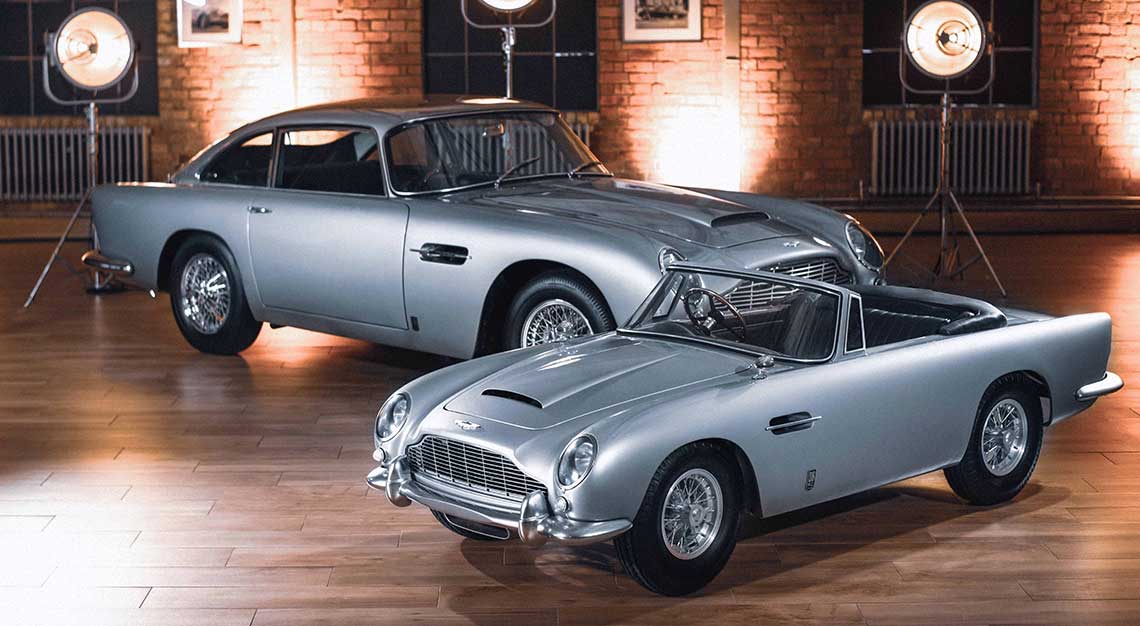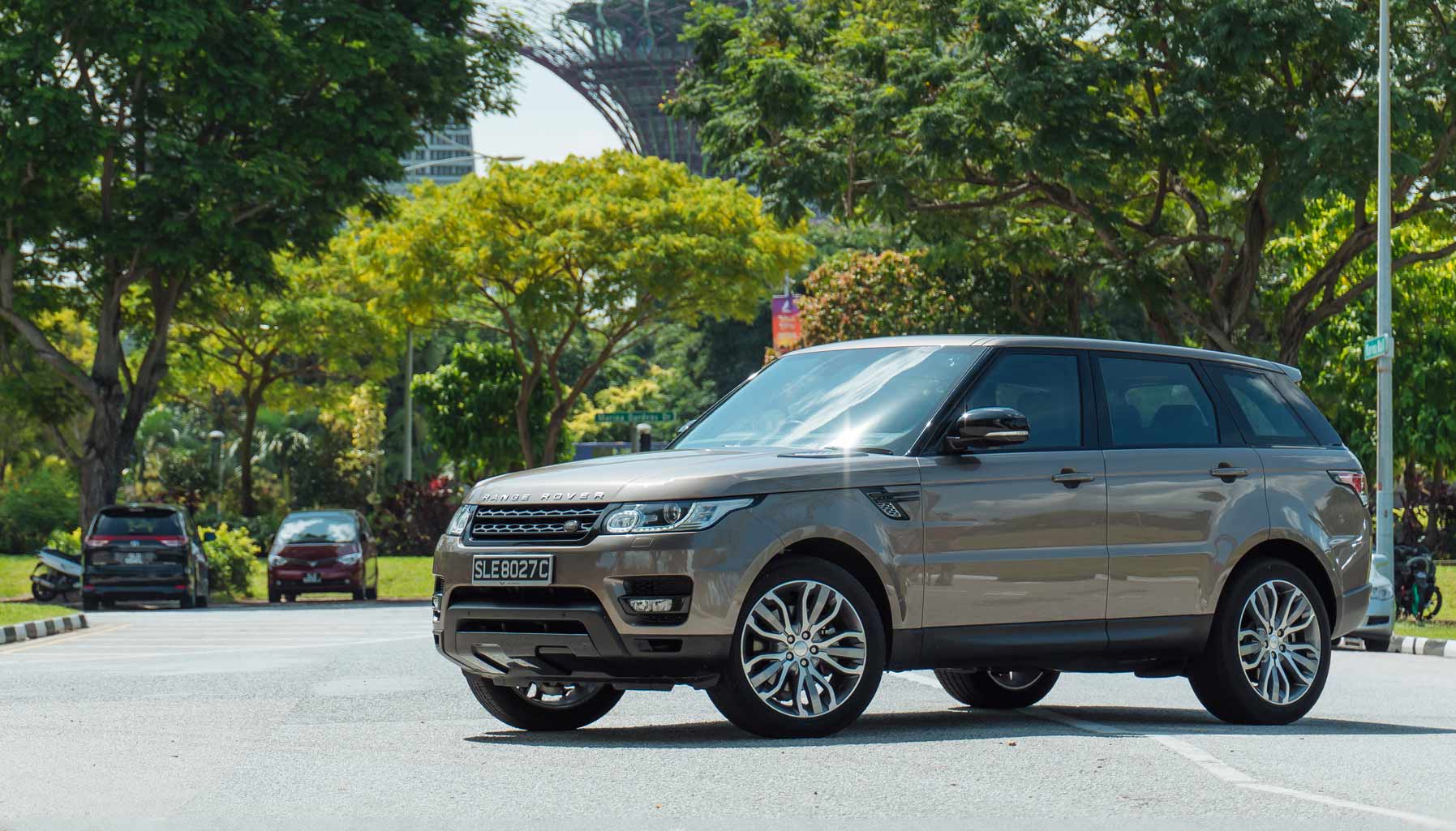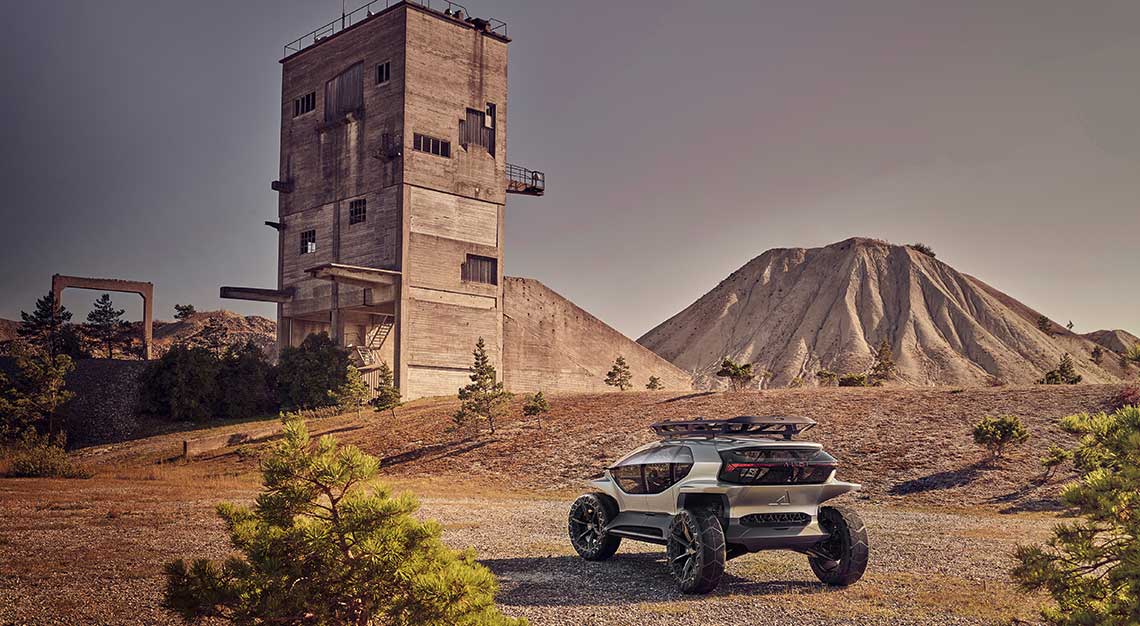Ahead of first deliveries in 2020, it’s already looking to be a strong seller for Aston Martin
The first official acknowledgement of the Aston Martin DBX SUV came in April 2017, when the British Ministry of Defence handed over its site in Saint Athan, Wales to the carmaker for the purposes of building a “state-of-the-art manufacturing facility”.
Since that time, a steady drip-feed of teasers about Gaydon’s rival for the Porsche Cayenne and Lamborghini Urus followed. The public’s first look at the new car coming around this time last year, depicting a camouflaged DBX taking on a Welsh rally stage.
And finally, the DBX has finally been unveiled at a gala event in Beijing, China, with a simultaneous launch in Singapore at the premises of its local dealer, Wearnes Automotive.
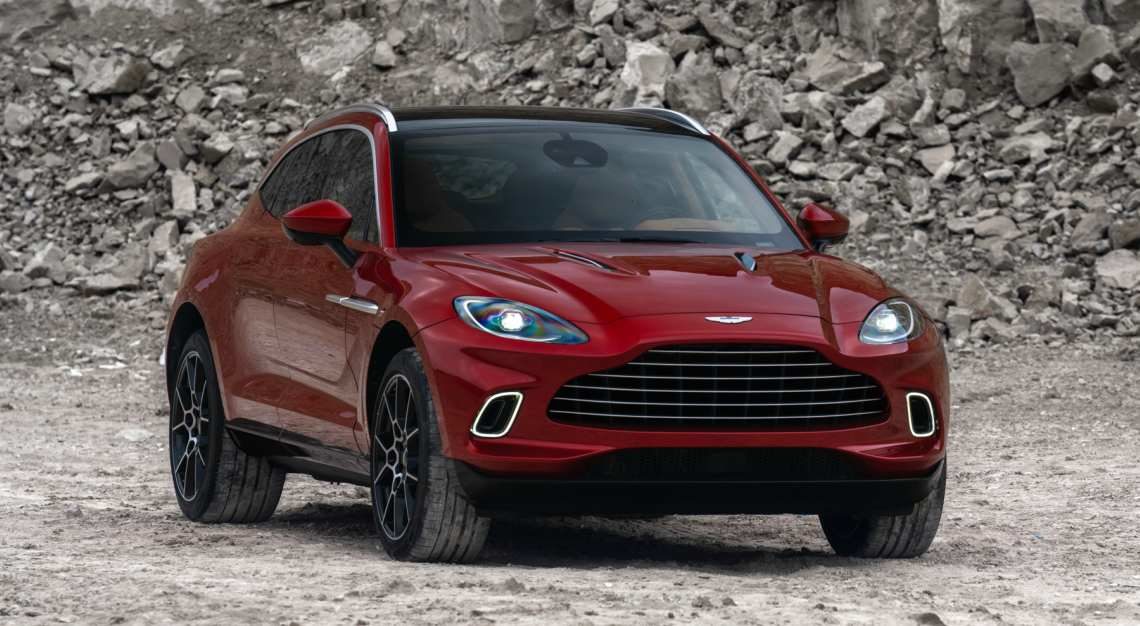
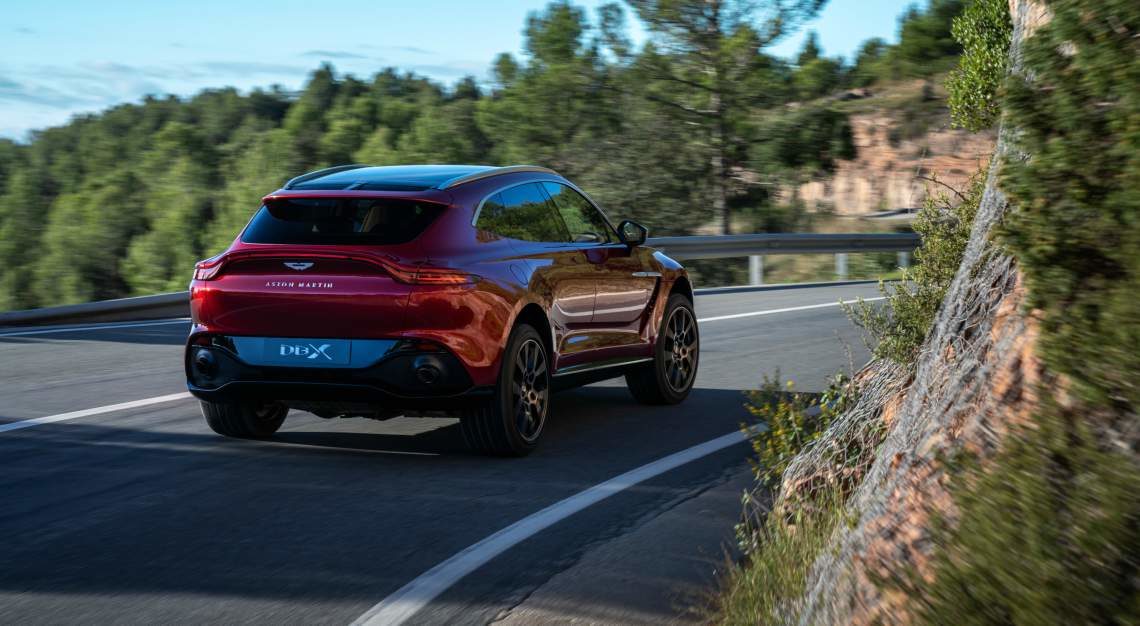
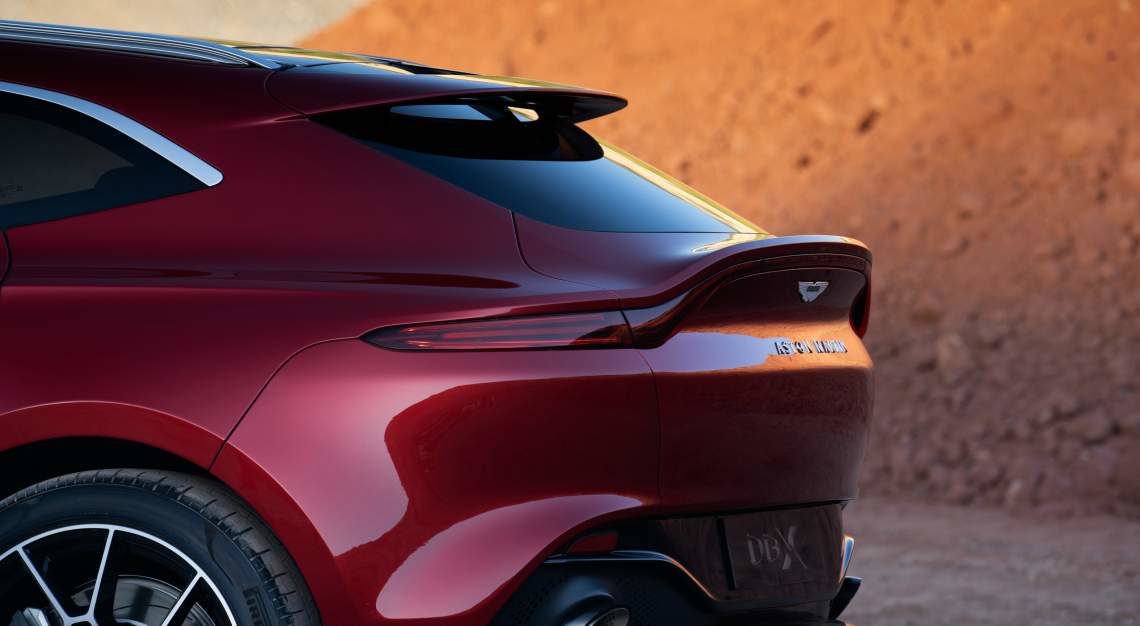
Shorn of camouflage, the profile of the DBX is a sort of halfway house between the tall boxiness of the Cayenne and the exaggerated wedge of the Urus. Its windscreen has an aggressive rake to it, though the fall of the roofline past the B-pillars and low-ish shoulder line is remarkably restrained. Which probably explains why the DBX has such a generously sized boot, at 632 litres.
To sum up the way the DBX looks, it wouldn’t be dissimilar to a Vantage that has been stretched, put on stilts and has had a liftback grafted to its rump. The DBX even has a Vantage-esque integrated ducktail spoiler.
Oddly enough, the DBX has chosen to omit a rear wiper, unusual among SUVs, or for that matter, hatchbacks and station wagons. According to Aston Martin, this is the result of clever aerodynamic work that allows the rear windscreen to self-clean while the car is on the move.
On to what’s more expected of the DBX, then. Power, as you might expect, comes from a four-litre twin-turbo V8 sourced from Mercedes-AMG giving it 550hp/700Nm and a century sprint time of 4.5 seconds. This is paired to a nine-speed automatic that, as you might expect again, powers all four wheels.
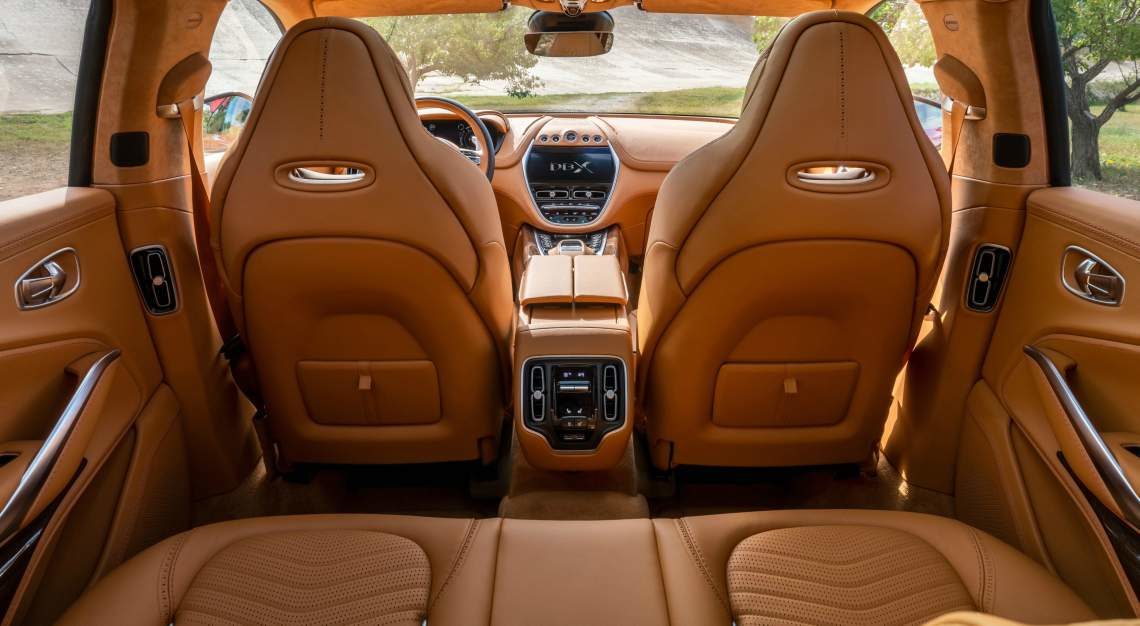
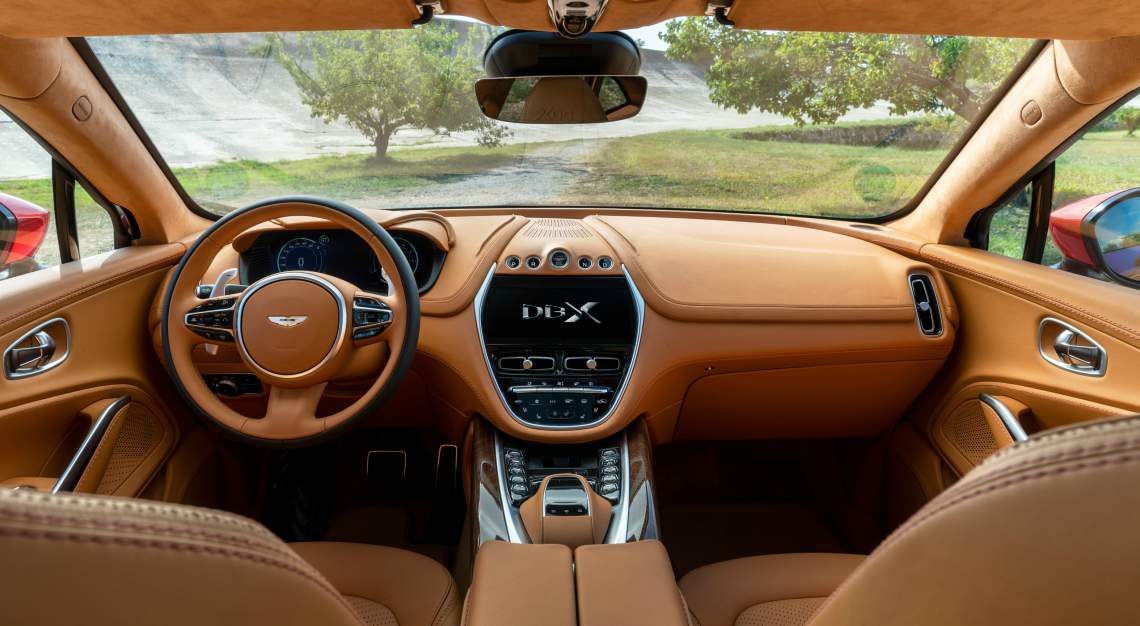
Drive is governed by an adaptive all-wheel-drive system that can intelligently apportion power between left / right wheels and between front / rear axles. Aston Martin also says the drive has a rearward bias most of the time with power only sent to the front axle when the system deems it necessary.
On the interior, a 12.3-inch digital instrument cluster greets the driver, while a flush-fitted 10.25-inch screen forms the display for the infotainment system. Front passengers get fixed-headrest bucket seats, and the rear seats three via a conventional bench arrangement.
Brand purists will no doubt bemoan the fact Aston Martin is building an SUV, but the DBX is arguably the most important cog in Aston Martin’s ‘Second Century Plan’. It’s likely to be a key driver in the carmaker’s push to sell 14,000 cars by 2022, roughly doubling its current output.
If initial interest is any indicator, the DBX is set to a strong seller here. According to an unnamed source, Singapore’s allocation has already been sold out ahead of the car’s local debut next year, with quite a number more on the waiting list.
